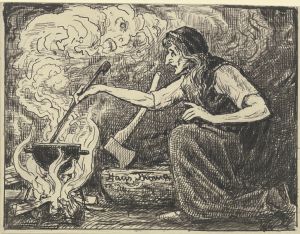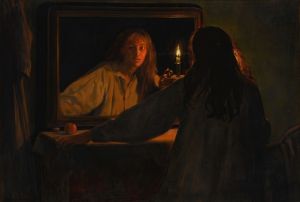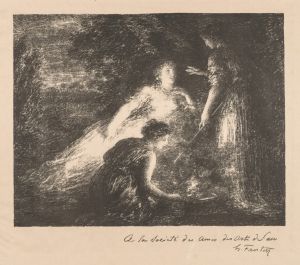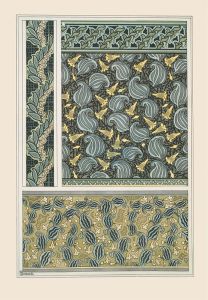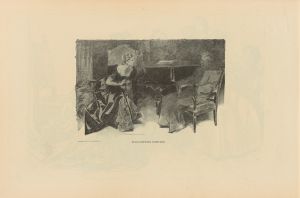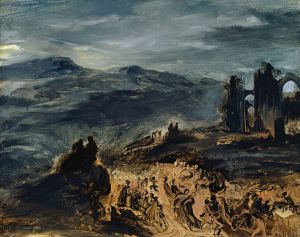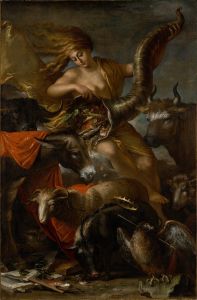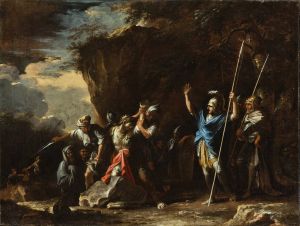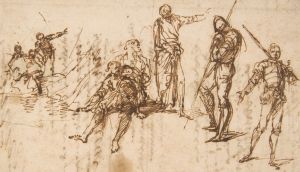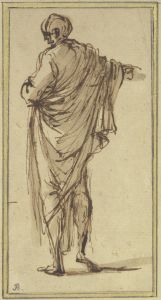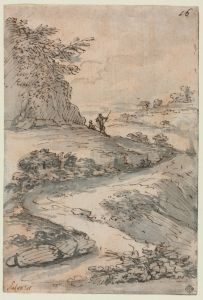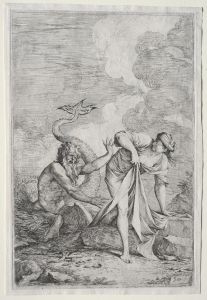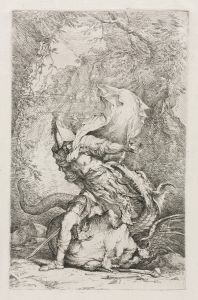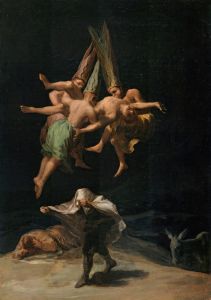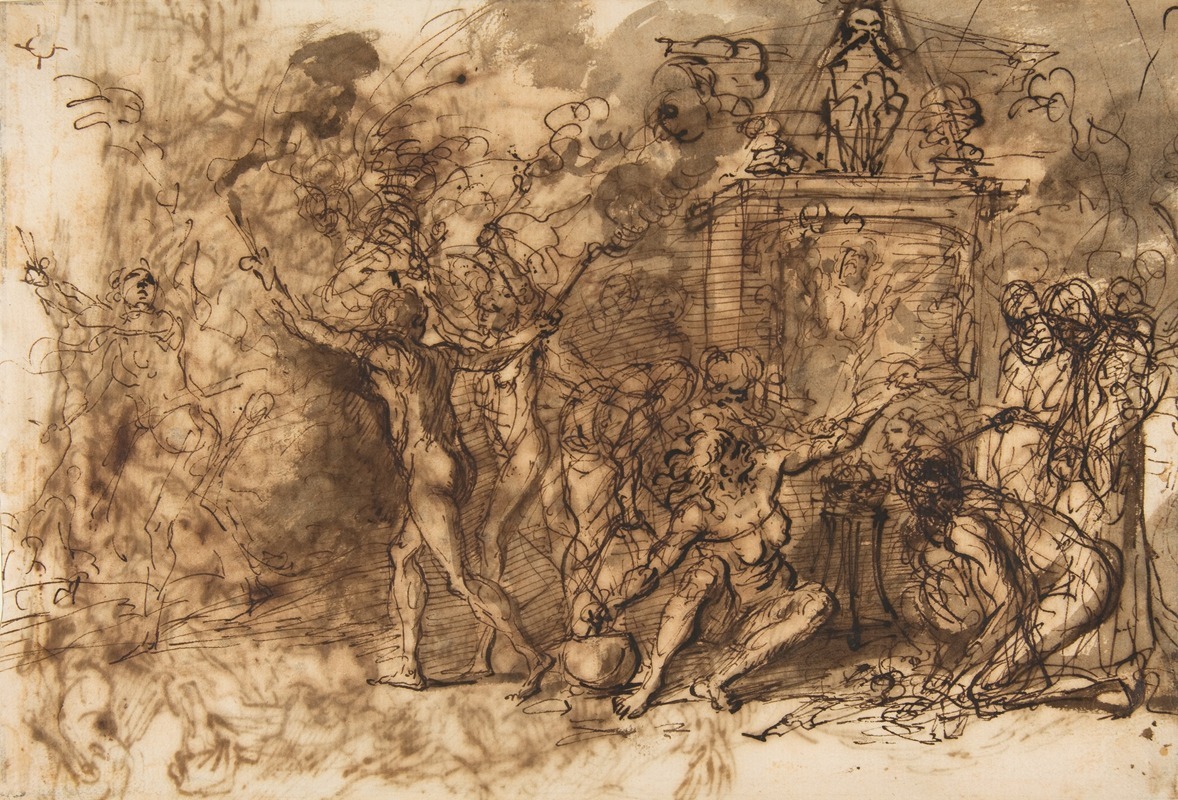
Witches’ Sabbath
A hand-painted replica of Salvator Rosa’s masterpiece Witches’ Sabbath, meticulously crafted by professional artists to capture the true essence of the original. Each piece is created with museum-quality canvas and rare mineral pigments, carefully painted by experienced artists with delicate brushstrokes and rich, layered colors to perfectly recreate the texture of the original artwork. Unlike machine-printed reproductions, this hand-painted version brings the painting to life, infused with the artist’s emotions and skill in every stroke. Whether for personal collection or home decoration, it instantly elevates the artistic atmosphere of any space.
Salvator Rosa's Witches’ Sabbath is a notable painting by the Italian Baroque artist, created in the mid-17th century. Rosa, known for his dramatic landscapes and unconventional subject matter, often explored themes that diverged from the traditional religious and historical narratives of his time. Witches’ Sabbath is one such work, delving into the macabre and supernatural, which were rare but compelling themes in Baroque art.
The painting depicts a dark, eerie scene of witches and demonic figures engaged in a ritualistic gathering. The composition is chaotic and filled with grotesque imagery, including distorted faces, skeletal forms, and unsettling gestures. Rosa's use of chiaroscuro—contrasting light and shadow—enhances the ominous atmosphere, drawing the viewer's attention to the central figures while leaving parts of the scene shrouded in mystery. The work reflects Rosa's interest in the fantastical and his ability to evoke emotion through dramatic visual storytelling.
Rosa's fascination with witchcraft and the occult was not unique to him but was part of a broader cultural interest in such themes during the 17th century. The period saw a heightened fear of witchcraft in Europe, with witch trials and executions occurring in various regions. While it is unclear whether Rosa intended the painting as a critique, a satire, or simply an exploration of the supernatural, Witches’ Sabbath stands out as a bold departure from the more conventional religious and mythological subjects of his contemporaries.
The painting is also significant for its reflection of Rosa's rebellious spirit. He was known for his disdain for academic conventions and his desire to challenge the norms of the art world. By choosing to depict witches and their rituals, Rosa aligned himself with a more subversive and imaginative approach to art, which earned him both admiration and criticism during his lifetime.
Today, Witches’ Sabbath is recognized as an important example of Rosa's work and a testament to his versatility as an artist. The painting is housed in the Musée des Beaux-Arts in Strasbourg, France, where it continues to captivate viewers with its haunting imagery and masterful execution. Rosa's ability to combine technical skill with a vivid imagination ensures that Witches’ Sabbath remains a compelling piece of Baroque art.





